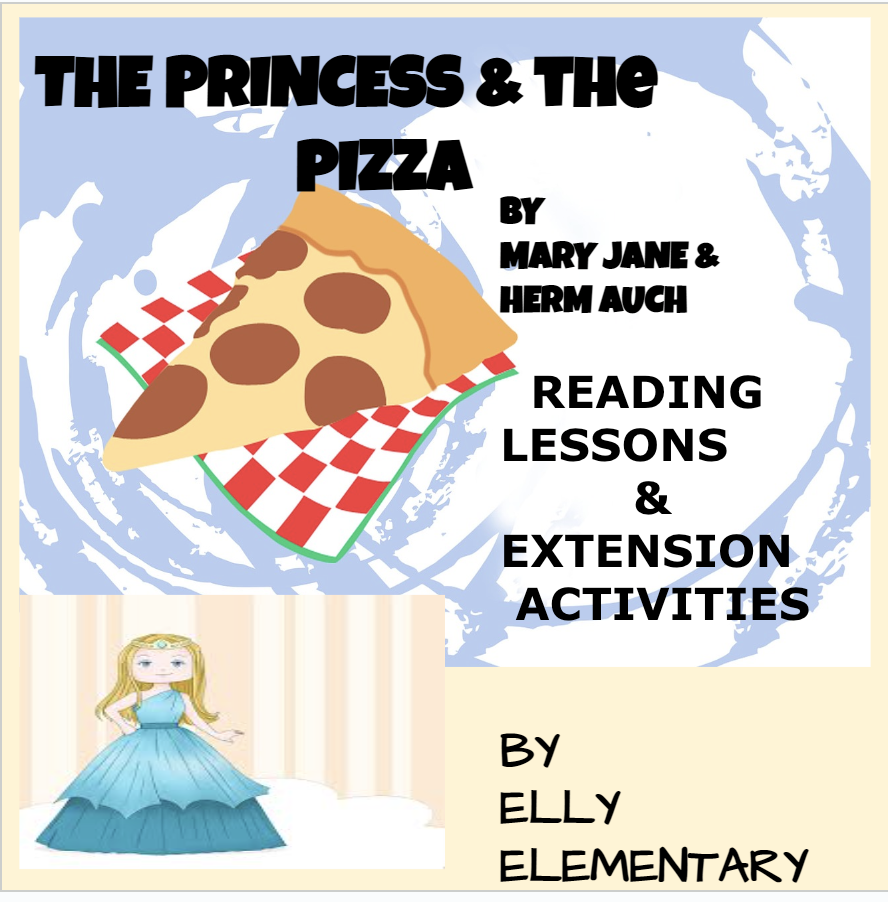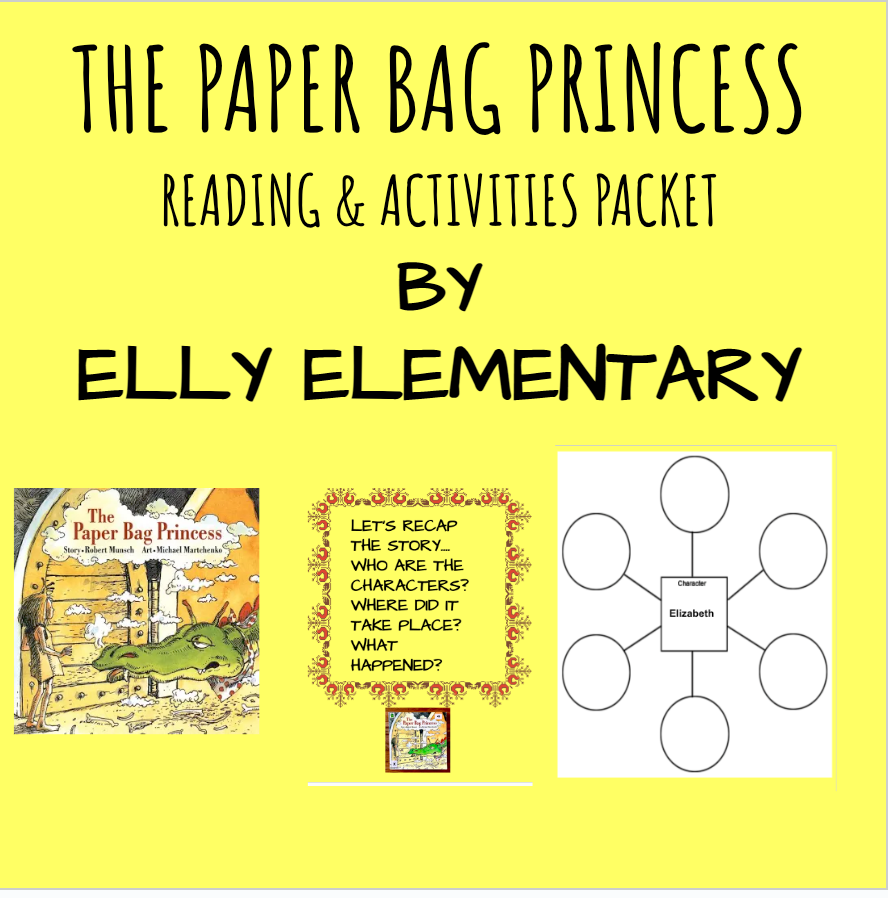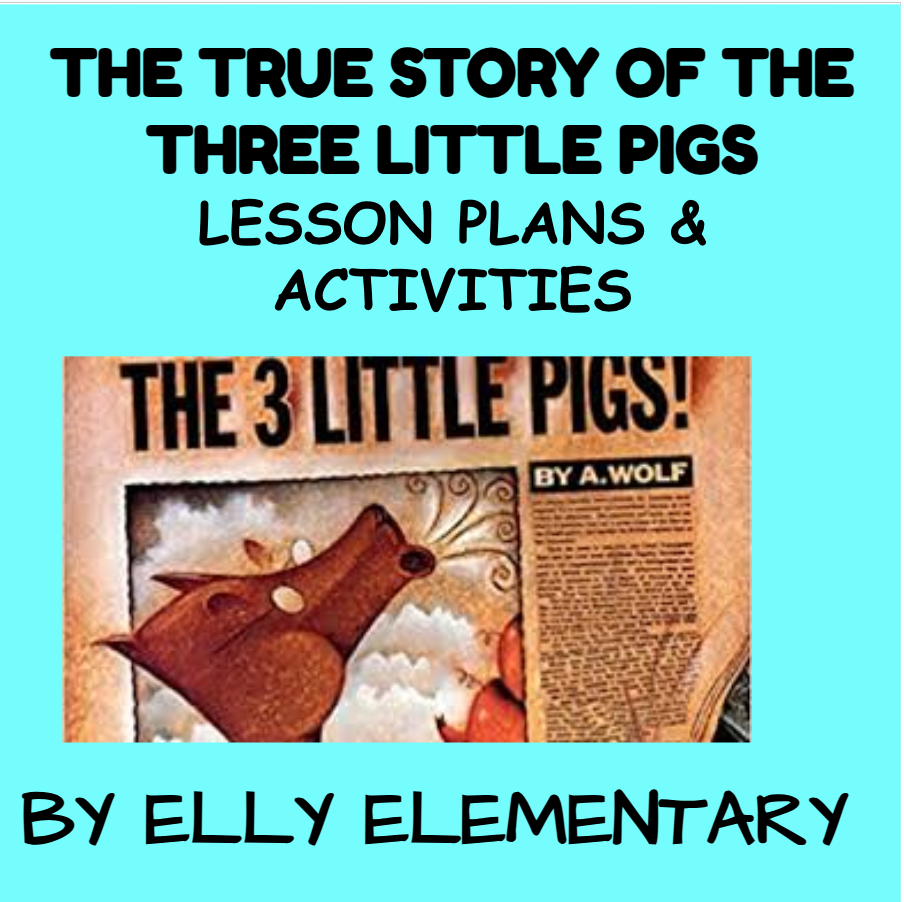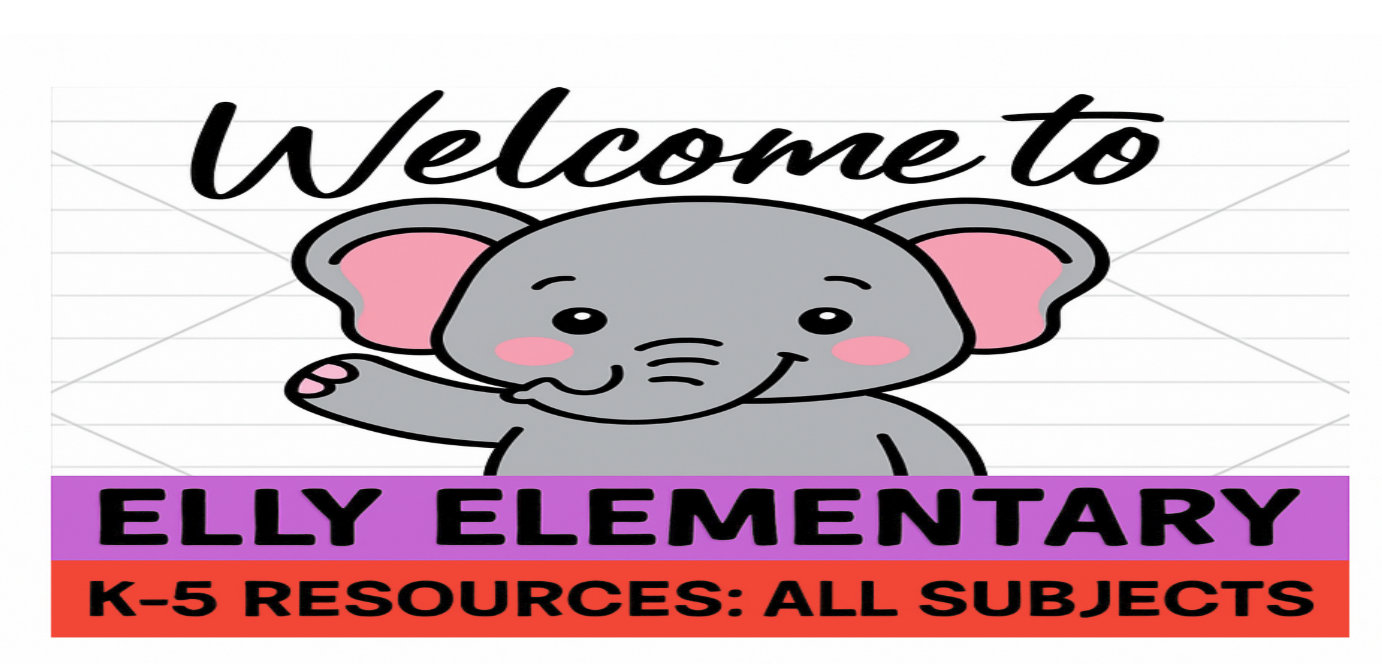Why Children Love Fairy Tales
Fairy tales have been told for centuries, passed down through oral tradition long before they were written into the books we know today. From the Brothers Grimm to Hans Christian Andersen, and from Walt Disney’s animations to bedtime stories shared in countless homes, fairy tales continue to capture the imagination of children everywhere. Despite changes in technology, entertainment, and culture, fairy tales remain an essential part of childhood. But what is it about these stories that makes them so enduringly beloved by young audiences?
In this article, we’ll explore the many reasons children are drawn to fairy tales—from their imaginative settings and relatable characters, to their moral lessons and sense of wonder. We’ll also consider the psychological, educational, and cultural importance of fairy tales in shaping how children think, dream, and grow.
1. The Power of Imagination
Children are naturally imaginative, and fairy tales feed this gift in extraordinary ways. Fairy tales transport young readers into magical worlds where animals talk, pumpkins turn into carriages, and forests hide enchanted castles. For a child, the line between fantasy and reality is often flexible, and fairy tales thrive in this space.
When a child hears about a princess who can be awakened by true love’s kiss, or a boy who can climb a beanstalk into the sky, it allows them to imagine possibilities beyond the everyday. This imaginative play is not only enjoyable but also vital for cognitive development. Psychologists note that imaginative storytelling helps children develop problem-solving skills, creativity, and abstract thinking.
Fairy tales offer a safe space for this exploration. Children can dream of becoming brave knights, clever tricksters, or kindhearted heroines, and in doing so, they learn to envision themselves as capable of extraordinary things. The wonder of imagination is at the heart of why fairy tales never lose their appeal.
2. Relatable Characters and Archetypes
Another reason children love fairy tales is the presence of simple yet powerful characters. The figures in fairy tales often embody clear archetypes: the kind princess, the evil witch, the brave hero, the trickster animal. These archetypes are easy for children to recognize and relate to, even before they fully grasp the complexities of human behavior.
Children identify with protagonists who start small, weak, or overlooked but eventually triumph through bravery, kindness, or cleverness. Think of Cinderella, mocked and mistreated but ultimately rewarded for her goodness, or Jack, the poor boy who defeats a giant through wit and courage. Such characters resonate because children, too, often feel small and powerless in a world controlled by adults. Fairy tales provide reassurance that even the smallest person can make a difference.
Moreover, villains are just as important. Wicked stepmothers, greedy kings, and fire-breathing dragons give shape to children’s fears. By facing these villains in stories, children confront fear in a controlled environment, gaining confidence in their ability to overcome challenges.

3. The Comfort of Structure and Repetition
Fairy tales follow recognizable patterns. They often begin with familiar phrases like “Once upon a time” and end with “happily ever after.” Along the way, children encounter predictable structures: three tasks to complete, three wishes granted, or three trials to endure. This repetition creates a sense of rhythm and order that is comforting for young minds.
Children thrive on routine and familiarity. Just as they enjoy listening to the same bedtime story night after night, they take comfort in the predictable structures of fairy tales. They know that even though the hero may face danger, things will usually work out in the end. This sense of order is especially important in childhood, when so much of life can feel unpredictable.
The use of repetition also aids memory and language development. Repeated phrases, rhymes, and refrains make the stories easy to remember and retell, helping children build vocabulary and narrative skills. The familiarity of fairy tale structure is one reason these stories remain so beloved across generations.
4. Moral Lessons and Values
At their core, fairy tales often carry moral lessons. They teach children about kindness, honesty, bravery, and the consequences of greed or cruelty. These lessons are woven into the narrative rather than presented as lectures, which makes them more engaging and impactful.
For example, “The Three Little Pigs” emphasizes the value of hard work and preparation. “Little Red Riding Hood” warns about the dangers of trusting strangers. “Beauty and the Beast” shows the importance of looking beyond appearances. Children absorb these values almost effortlessly because they are embedded in memorable and exciting stories.
Fairy tales also reinforce cultural norms and traditions. While modern readers sometimes critique the outdated gender roles or simplistic moral codes in certain tales, these stories still provide a foundation for conversations about values. Parents and teachers can use fairy tales as tools to discuss right and wrong, fairness, justice, and empathy in ways that resonate with children.
5. Emotional Safety Through Fantasy
Children face many big emotions—fear, jealousy, anger, love, and hope. Fairy tales provide a safe space to explore these feelings through fantasy. For example, the fear of abandonment is addressed in “Hansel and Gretel,” jealousy appears in “Snow White,” and the longing for freedom is central to “Rapunzel.”
When children hear these stories, they recognize their own feelings reflected in the characters. However, because the settings are magical and the dangers symbolic (like dragons or witches), the emotions are easier to process. Children can confront their fears in a manageable way, knowing that in the world of fairy tales, good usually triumphs and justice is served.
This emotional rehearsal is important for development. By identifying with characters and watching them overcome struggles, children learn resilience and empathy. They also begin to understand that difficulties can be faced and resolved, even if the solutions in fairy tales are magical rather than realistic.
 Fairy tales also serve as a bridge between generations. Parents, grandparents, and teachers often share the same stories they heard as children, creating a sense of continuity and tradition. This shared storytelling builds bonds within families and communities, connecting children to their cultural heritage.
Fairy tales also serve as a bridge between generations. Parents, grandparents, and teachers often share the same stories they heard as children, creating a sense of continuity and tradition. This shared storytelling builds bonds within families and communities, connecting children to their cultural heritage.
Different cultures have their own fairy tales, yet many share common themes—triumph of the underdog, the battle between good and evil, the reward for kindness. This universality helps children understand that people around the world share similar hopes and fears. At the same time, unique cultural details introduce them to new perspectives and traditions.
The timeless nature of fairy tales means they can be retold and reimagined for each generation. From classic storybooks to animated films and modern retellings, these tales adapt to new media while retaining their core appeal. Children love knowing they are part of a larger tradition that stretches back hundreds, even thousands, of years.
7. The Promise of “Happily Ever After”
One of the most beloved aspects of fairy tales is the happy ending. After struggles, danger, and suspense, the characters usually find peace, love, or prosperity. For children, who are still learning how the world works, this promise of resolution provides hope and reassurance.
Life can be confusing and sometimes frightening for children. The certainty that fairy tales will end happily gives them a sense of security. It reinforces the idea that no matter how hard things get, goodness will be rewarded and troubles can be overcome.
While not all fairy tales end happily in their original versions, the versions most often told to children emphasize positive resolutions. These endings inspire optimism and a belief in justice, which are comforting and uplifting for young listeners.
8. Entertainment and Escape
Finally, children love fairy tales because they are simply entertaining. Fairy tales are filled with adventure, magic, danger, and triumph. They spark laughter, suspense, and wonder. For a child, listening to a fairy tale is an adventure in itself—a chance to escape into a world where the impossible becomes possible.
This escape is not trivial. It provides children with a break from everyday routines and challenges. It also fosters a love of storytelling and reading that can last a lifetime. Many avid readers first fell in love with books through fairy tales, which opened the door to the joy of literature.
Conclusion
Children love fairy tales for many interconnected reasons. These stories feed their imagination, present relatable characters, and provide structure and comfort through repetition. They teach moral lessons, allow for safe emotional exploration, and connect children to cultural traditions. Perhaps most importantly, fairy tales offer the reassurance of happy endings and the joy of magical escape.
In a world that can often feel overwhelming, fairy tales remain a source of wonder, comfort, and inspiration. They give children the tools to dream, to hope, and to believe in the possibility of transformation. Whether told by candlelight centuries ago or read from a brightly illustrated book today, fairy tales continue to enchant young audiences—and will undoubtedly do so for generations to come.
Why Authors Write Fairy Tales from Different Points of View
Fairy tales have enchanted readers for centuries, telling stories of brave heroes, clever tricksters, magical creatures, and wicked villains. Traditionally, these tales were passed down orally, often told from the perspective of a distant narrator who simply “reported” the events. Think of classic openings like “Once upon a time”—a phrase that creates distance while inviting the listener into a timeless world.
In recent years, however, authors have reimagined fairy tales by experimenting with perspective. Instead of a neutral storyteller, they might let the villain speak, retell the story through the eyes of a minor character, or shift the narrative to a modern child who stumbles into a magical world. But why do authors do this? What does changing the point of view bring to these already beloved stories?
The answer lies in the power of perspective. By shifting the lens through which a tale is told, authors can refresh familiar narratives, deepen emotional engagement, and offer new insights into timeless themes. Let’s explore the main reasons authors choose to rewrite fairy tales from different points of view.
1. To Offer Fresh Perspectives on Familiar Stories
Fairy tales are some of the most well-known stories in the world. Most people know the basic plots of Cinderella, Snow White, or Little Red Riding Hood. Because of this familiarity, retelling them in the traditional way may feel repetitive.
By changing the point of view, however, authors can breathe new life into these tales. Imagine Cinderella told not from the viewpoint of the kind-hearted heroine but from the stepsisters’ perspective. Suddenly, the story shifts from a simple battle of good versus evil to one that explores jealousy, insecurity, and family dynamics.
A new perspective adds layers of depth and complexity. Readers who thought they knew the story find themselves rethinking characters and events. This keeps fairy tales relevant and exciting, even for modern audiences who have heard them many times before.
2. To Humanize Villains and Challenge Assumptions
In classic fairy tales, villains are often one-dimensional. The evil queen, the wicked stepmother, the big bad wolf—these characters exist mainly to create conflict. But what happens when the story is told from their point of view?
Authors often retell fairy tales from the villain’s perspective to explore why they act the way they do. Maybe the witch in Hansel and Gretel wasn’t just a monster who liked to eat children but a lonely woman misunderstood by her community. Maybe the wolf in Little Red Riding Hood has his own story to tell about survival.

By humanizing villains, authors encourage readers—especially children—to question stereotypes and consider multiple sides of a story. This shift teaches empathy and critical thinking. It shows that life is rarely as simple as “good versus evil,” and that everyone has motivations that shape their choices.
3. To Give Voice to Silenced or Overlooked Characters
In traditional fairy tales, many characters exist on the sidelines. Servants, animals, or even magical objects sometimes play important roles but are rarely given voices of their own. Modern authors often retell these stories through the eyes of minor characters to highlight perspectives that were previously ignored.
For example, a fairy tale might be retold from the perspective of the huntsman in Snow White, the fairy godmother in Cinderella, or even the magic mirror. Each new narrator brings unique insights and emotions, reminding readers that every character in a story has their own journey.
This shift reflects broader cultural conversations about whose voices are heard and whose are silenced. By giving overlooked characters a chance to speak, authors make fairy tales more inclusive and reflective of diverse perspectives.
4. To Explore Themes More Deeply
Point of view shapes how readers experience a story’s themes. A fairy tale told by an omniscient narrator may emphasize fate or destiny, while one told by a character might highlight personal agency or moral dilemmas.
Take Beauty and the Beast. When told from Beauty’s perspective, the story focuses on learning to look beyond appearances. But if told from the Beast’s point of view, the focus shifts to themes of redemption, self-acceptance, and vulnerability. The same plot takes on entirely different meaning depending on who tells it.
By experimenting with point of view, authors can spotlight new themes, challenge readers’ assumptions, and encourage deeper reflection.
5. To Engage Modern Readers
Today’s readers—especially children and young adults—are accustomed to diverse storytelling techniques in books, movies, and games. Shifting point of view is one way to capture their attention and keep them engaged.
For example, fractured fairy tales often present multiple perspectives within a single story. A novel might alternate between the princess, the dragon, and the knight, letting readers see how each character views the same events differently. This creates humor, suspense, and surprise while keeping familiar material fresh.
By appealing to contemporary tastes, authors ensure that fairy tales remain relevant in a fast-changing cultural landscape.
6. To Teach Lessons About Perspective and Empathy
Retelling fairy tales from different points of view isn’t just entertaining—it’s educational. When children read the same story from multiple perspectives, they learn that truth is not always singular. Different people experience the same event in different ways.
This lesson builds empathy and critical thinking. A child who reads The Three Little Pigs from the wolf’s perspective (as in Jon Scieszka’s The True Story of the 3 Little Pigs) learns to question assumptions and consider how narratives are shaped by the storyteller.
In a world where understanding others’ perspectives is a vital skill, fairy tales become a powerful teaching tool when authors play with point of view.
7. To Reflect Changing Social and Cultural Values
Fairy tales were originally shaped by the values of the societies that created them. Gender roles, family dynamics, and moral codes were reflected in the way stories were told. Modern authors often shift perspective to update these tales for today’s values.
For example, in many older versions, female characters were portrayed as passive and dependent on male heroes. Modern retellings may give these same characters agency by telling the story from their point of view. A princess might become the narrator of her own adventure instead of waiting for rescue.
By changing who tells the story, authors can challenge outdated stereotypes and align fairy tales with contemporary ideas about equality, justice, and diversity.
8. To Spark Creativity and Reimagination
Finally, authors experiment with point of view simply because it’s fun and creatively rewarding. Fairy tales are like clay—familiar enough to recognize, but flexible enough to reshape. By changing the perspective, authors can invent entirely new versions of stories while still drawing on their rich traditions.
For example, a humorous retelling might let the seven dwarfs narrate Snow White, each with a different personality. Or a futuristic retelling might present Rapunzel from the perspective of her tower, observing the world as time passes.
These reimaginings show that fairy tales are not fixed relics of the past but living, evolving works of art. Authors use perspective as one of the most powerful tools to keep these stories alive for new generations.
Conclusion
Authors write fairy tales from different points of view to refresh familiar stories, humanize villains, give voice to overlooked characters, and explore themes in new ways. Perspective not only deepens emotional engagement but also teaches readers—especially children—valuable lessons about empathy, critical thinking, and the complexity of human experience.
Fairy tales may begin with “Once upon a time,” but they never end the same way twice. Each new narrator brings a different truth, a different lens, and a different spark of imagination. By experimenting with point of view, authors ensure that these timeless tales remain as captivating and meaningful today as they were centuries ago
Check out my store, Elly Elementary, and get ready for the next school year for all your K-5th grade curriculum needs. I have resources for many of your beginning of year curriculum areas that your class will love. Also, plan for the start of the school year and enjoy yourr summer !!!
Join me on Facebook and Instagram. Let me know if you are looking for anything in particular. (Email: ellyelementary@gmail.com)



Comments ()